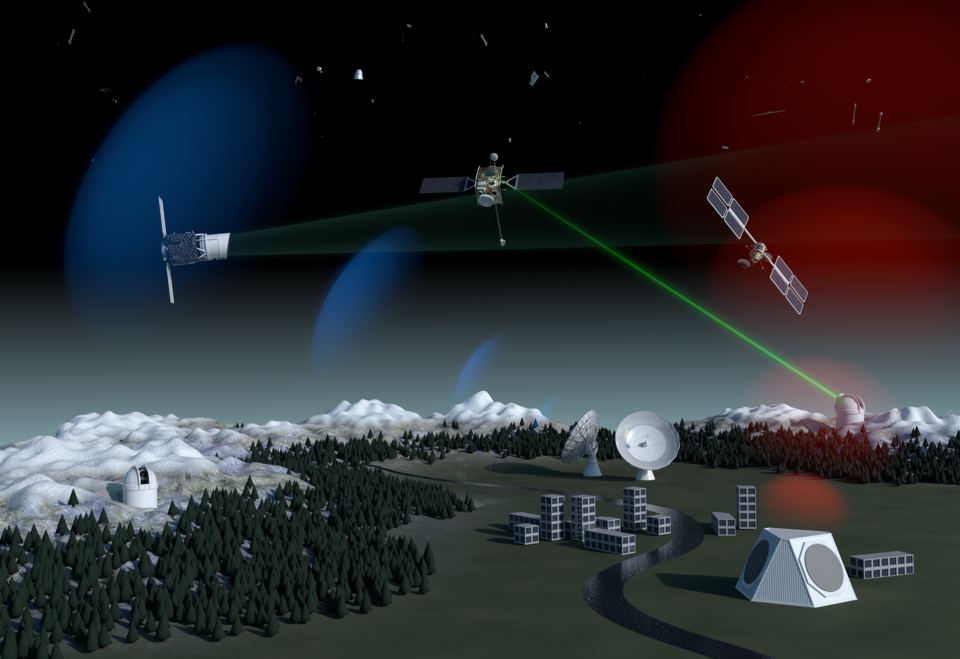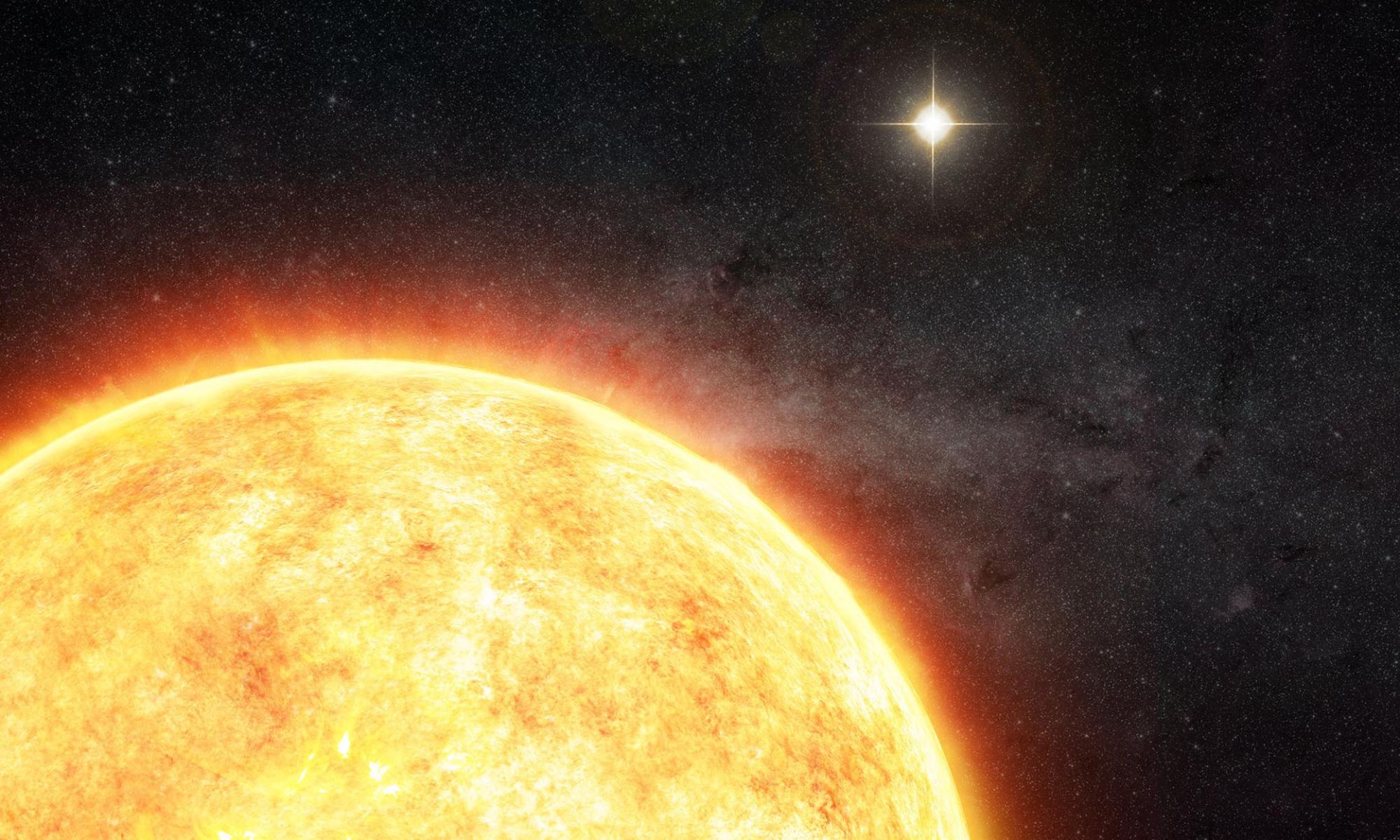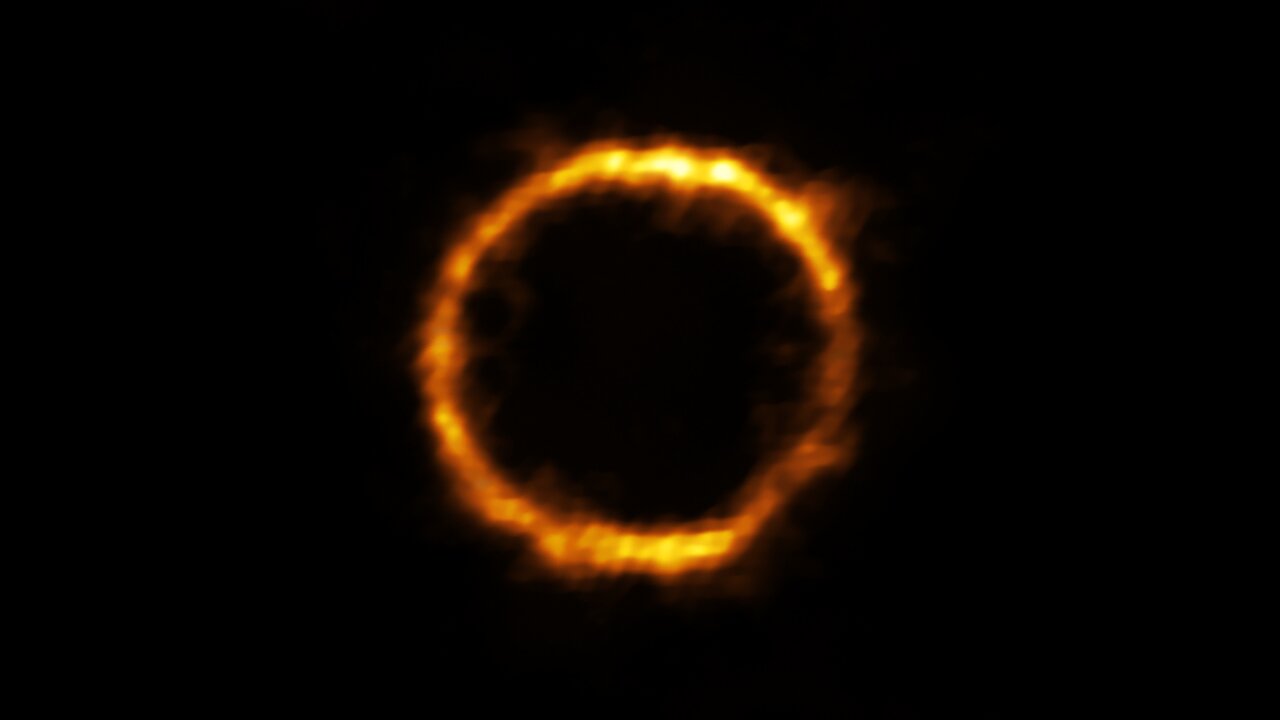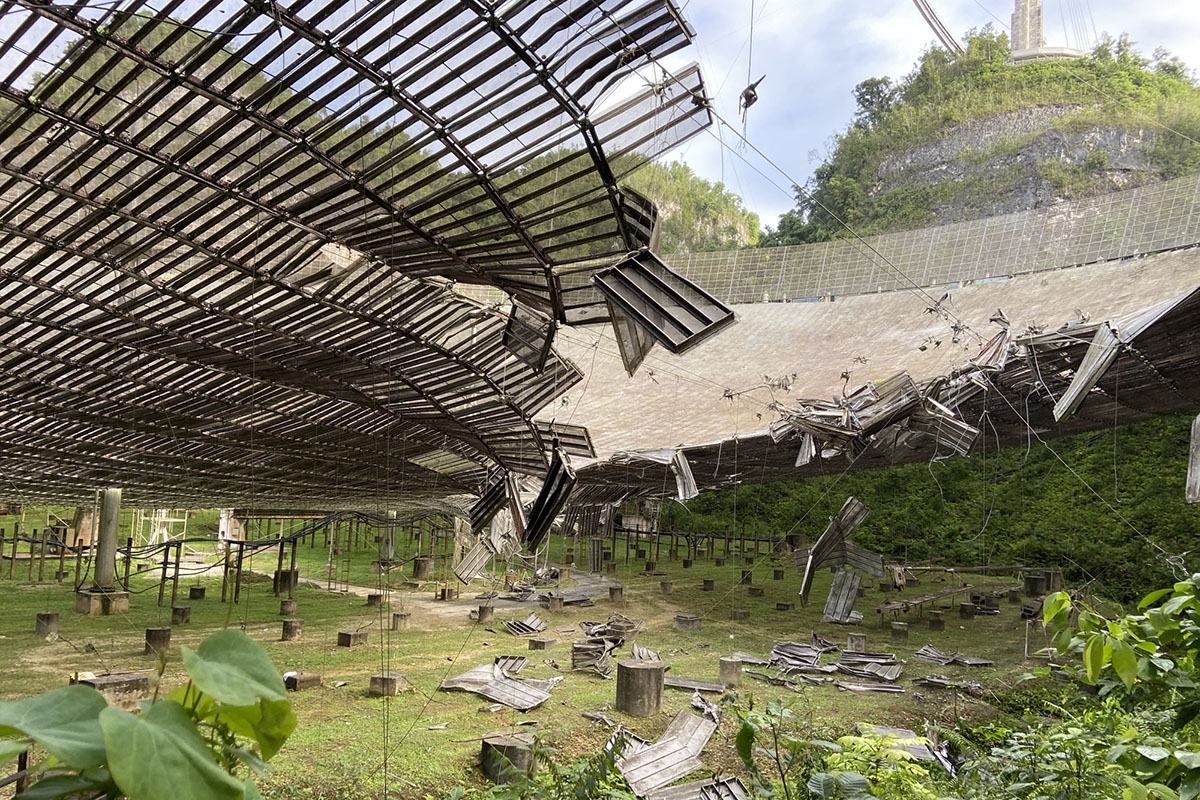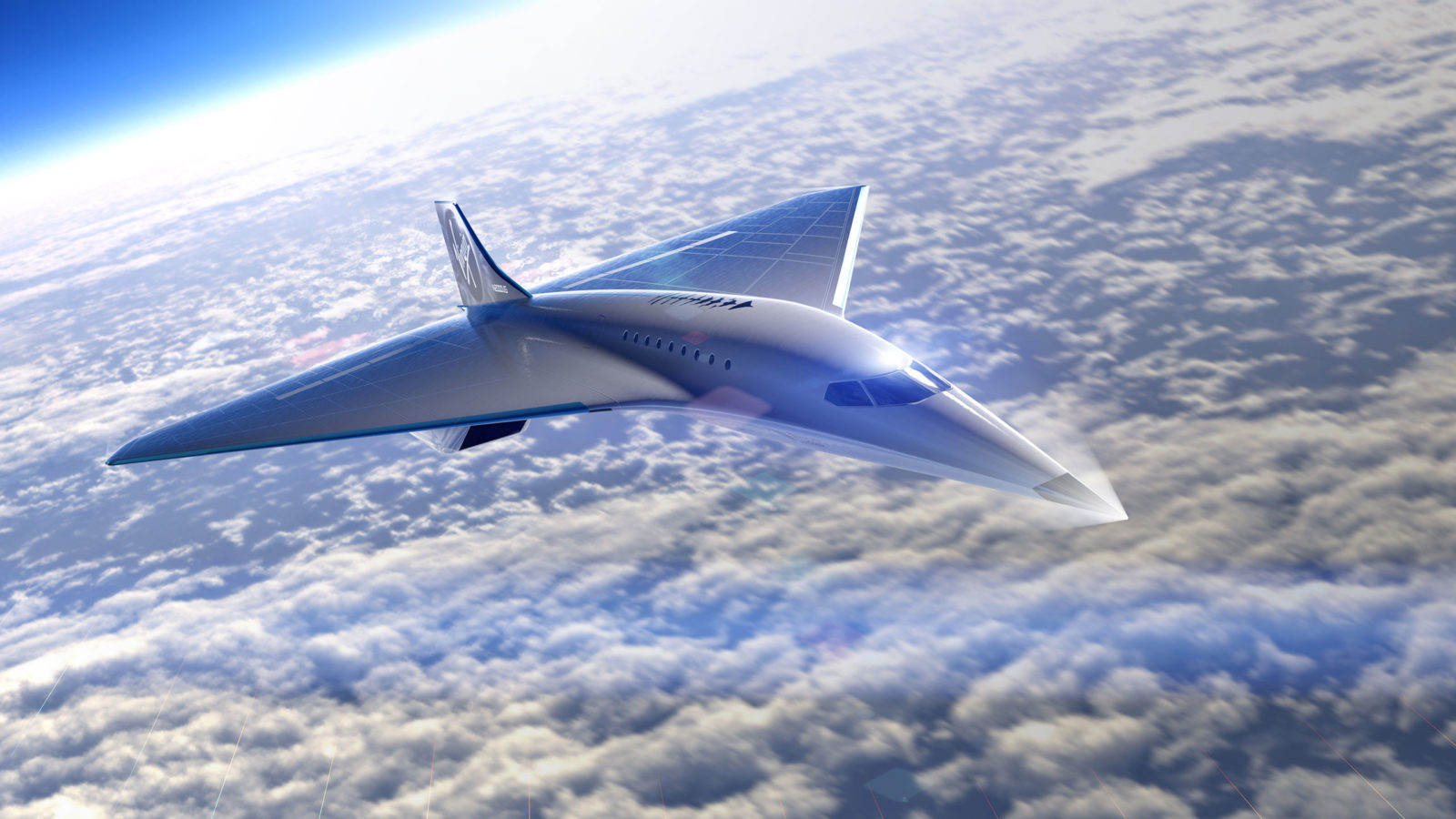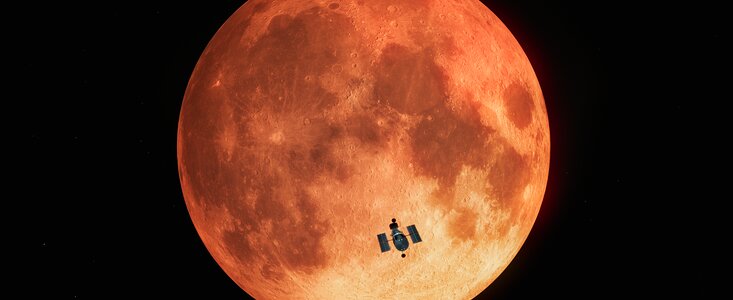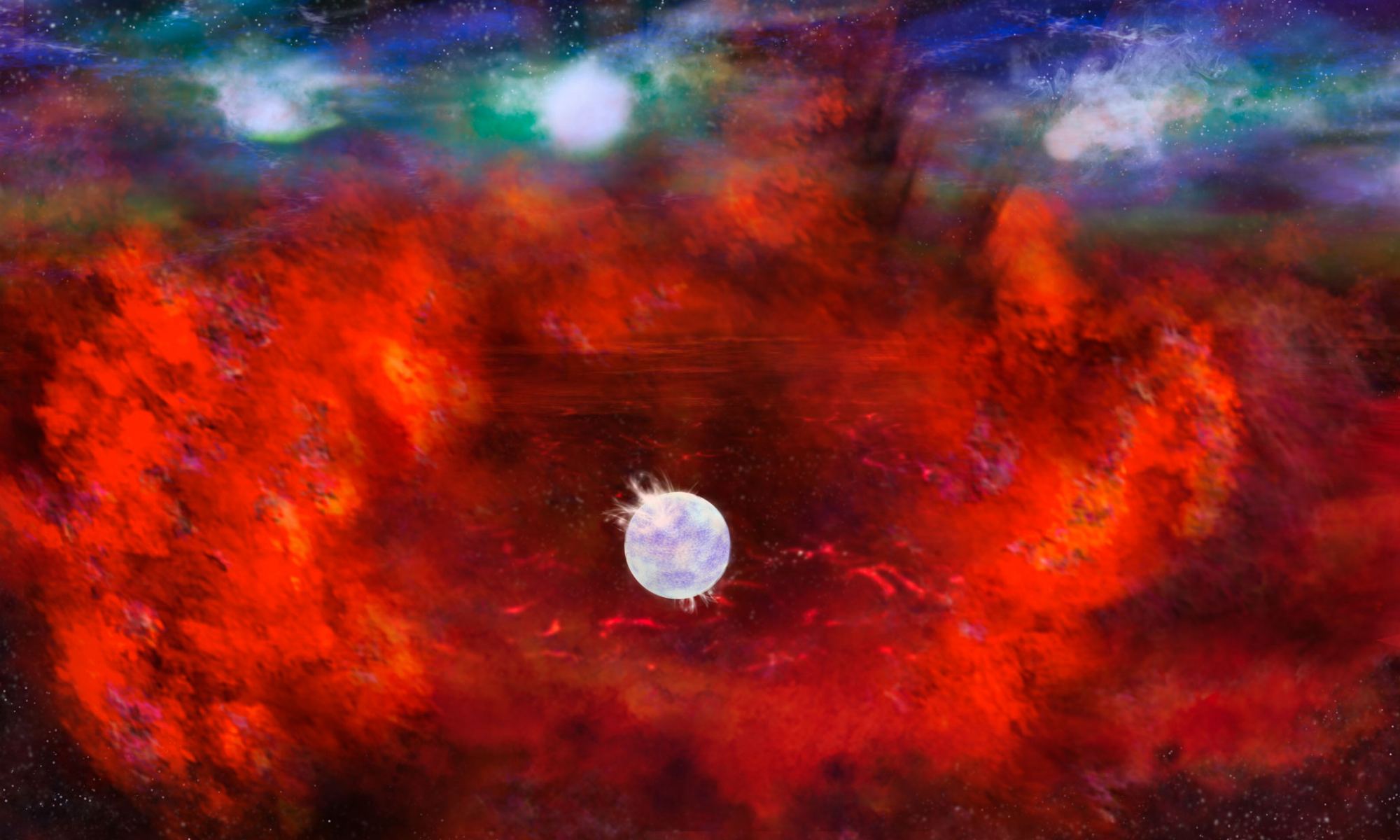For some time now, astronomers have known that the majority of systems in our galaxy consist of binary pairs rather than individual stars. What’s more, in recent decades, research has revealed that stars like our Sun are actually born in clusters within solar nebulas. This has led to efforts in recent years to locate G-type (yellow dwarf) stars in our galaxy that could be the Sun’s long-lost “solar siblings.”
And now, a new study by Harvard astronomers Amir Siraj and Prof. Abraham Loeb has shown that the Sun may once have once had a very similar binary companion that got kicked out of our Solar System. If confirmed, the implications of this could be groundbreaking, especially where theories on how the Oort Cloud formed and whether or not our system captured a massive object (Planet Nine) in the past.
Continue reading “The Sun Might Have Once Had a Binary Companion Star”

